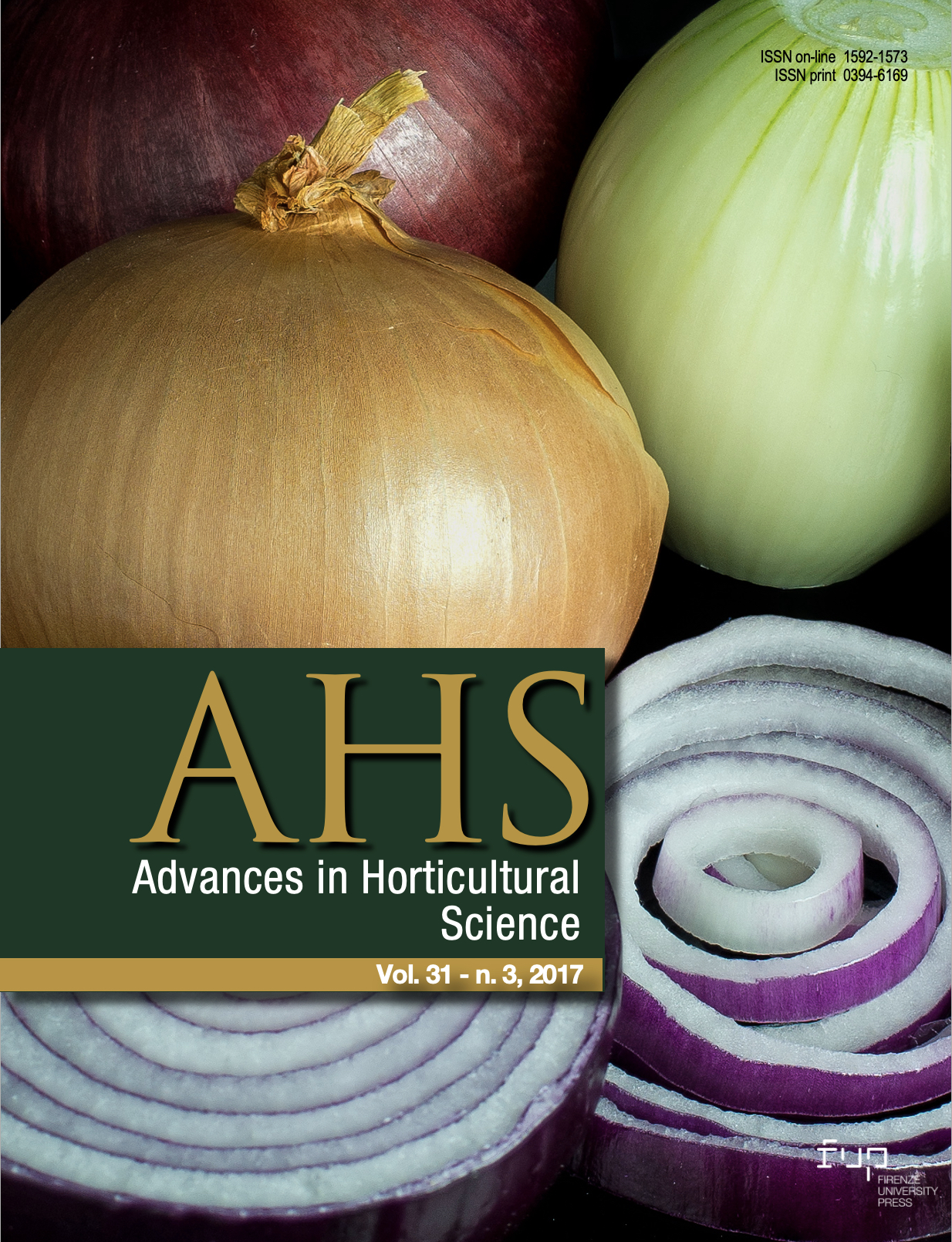Abstract
Sweet basil (Ocimum basilicum L.) is one of the most important herbs widely used for its medicinal properties and as food ingredient. The marketing of this product highlights the problem that these plants have long and slender stems, which are easy to break off and thus making difficult their market distribution. In this work, two cultivars of basil (Genovese and Profumo) at the adequate development stage for sale were used. We evaluated the effect of supplemental ultraviolet (UV)-B irradiation (15 W m-2; 3 h day-1) on plant growth and market quality. Both cultivars of basil plants under UV-B irradiation resulted in increased leaf size and biomass, and decreased shoot length in comparison to that of under control growth conditions. These results indicate that the application of UV-B irradiation beneficially influenced plant architecture in basil improving their greenhouse production for fresh market.






